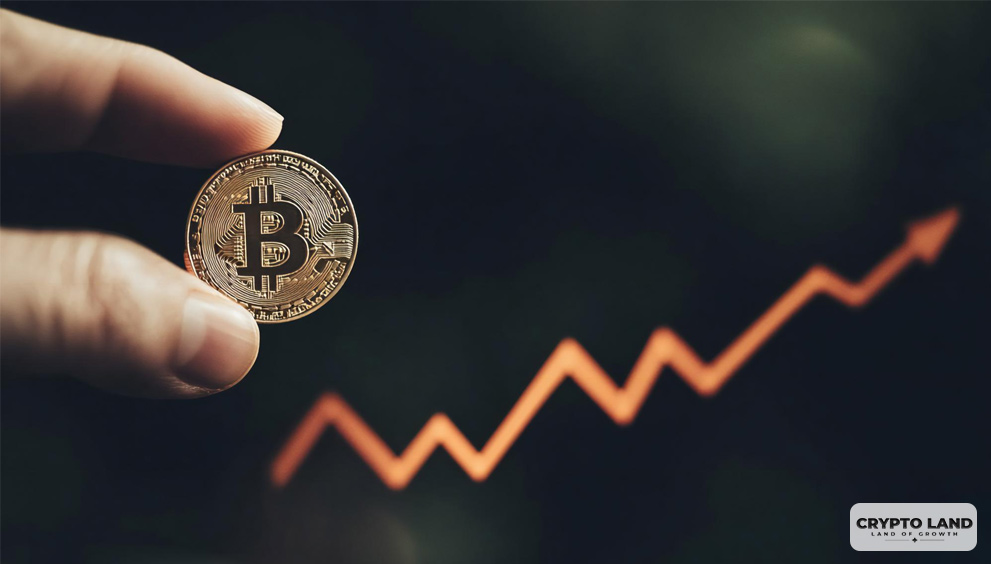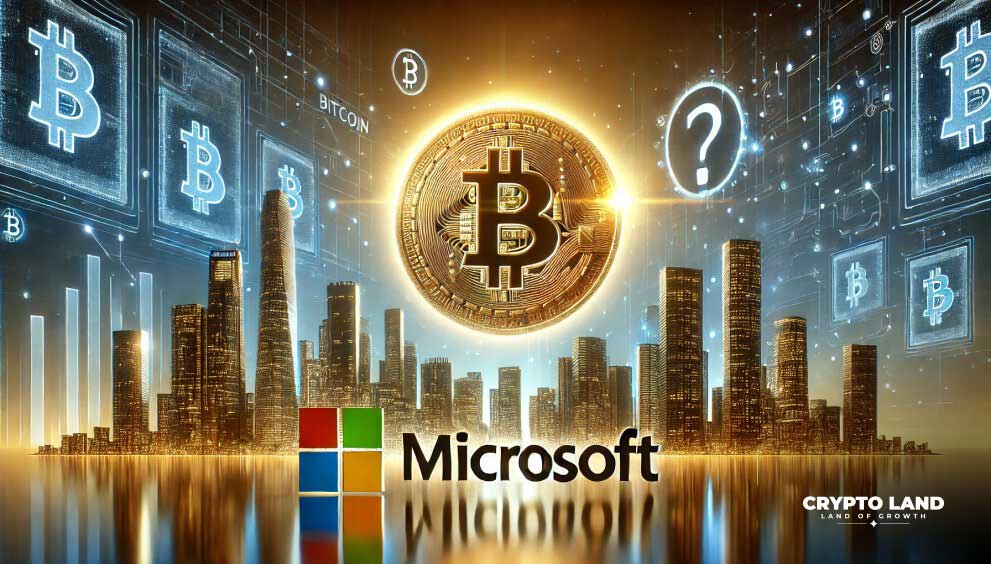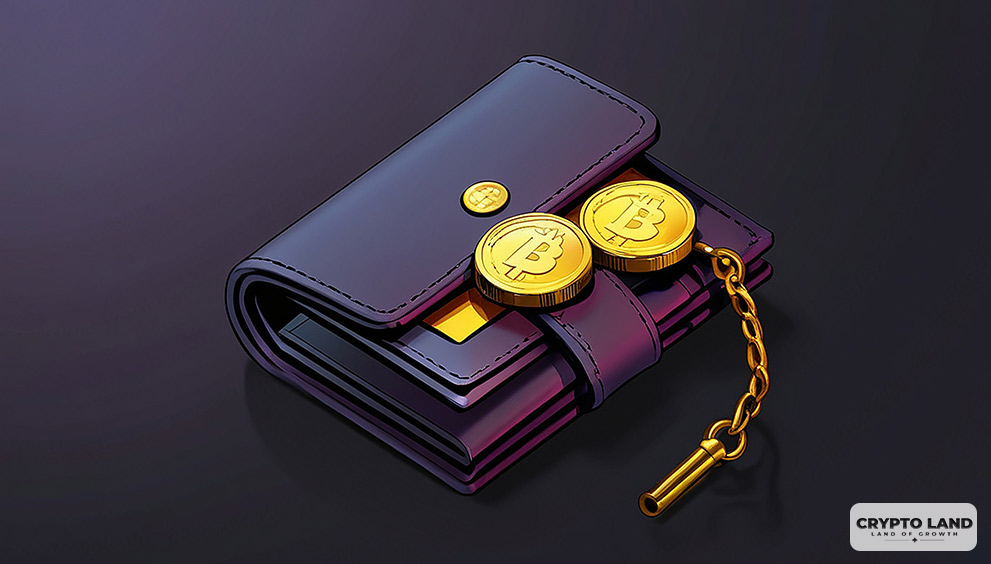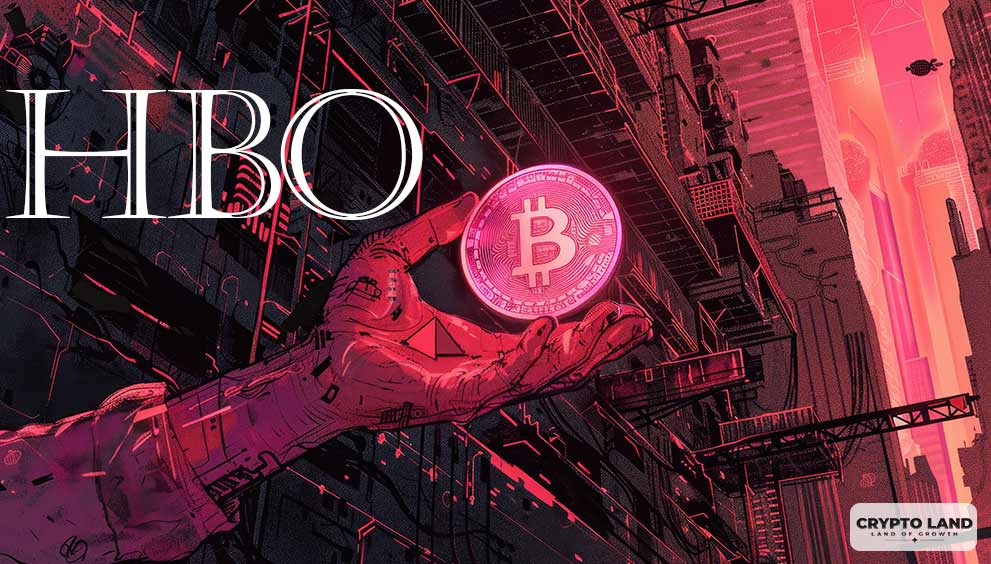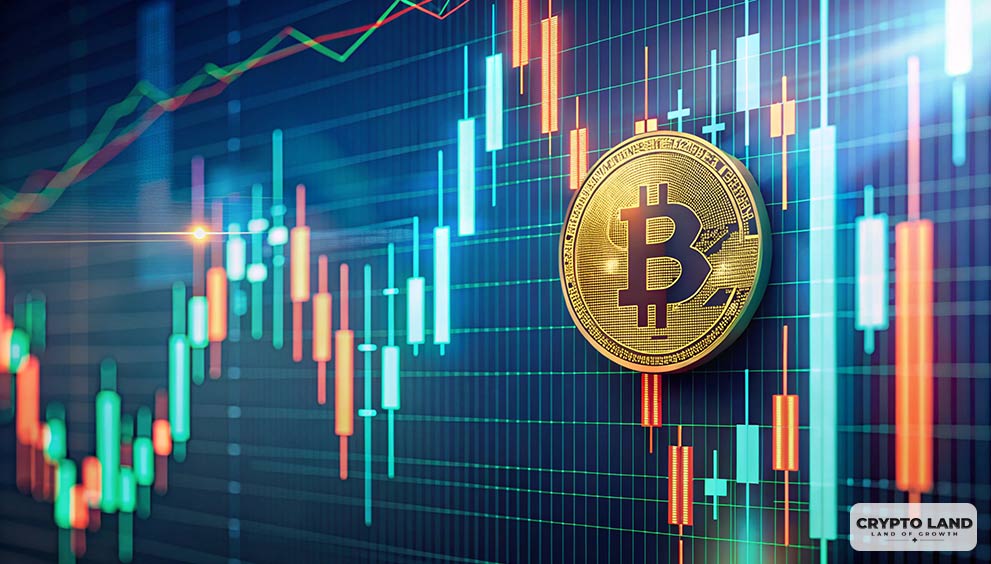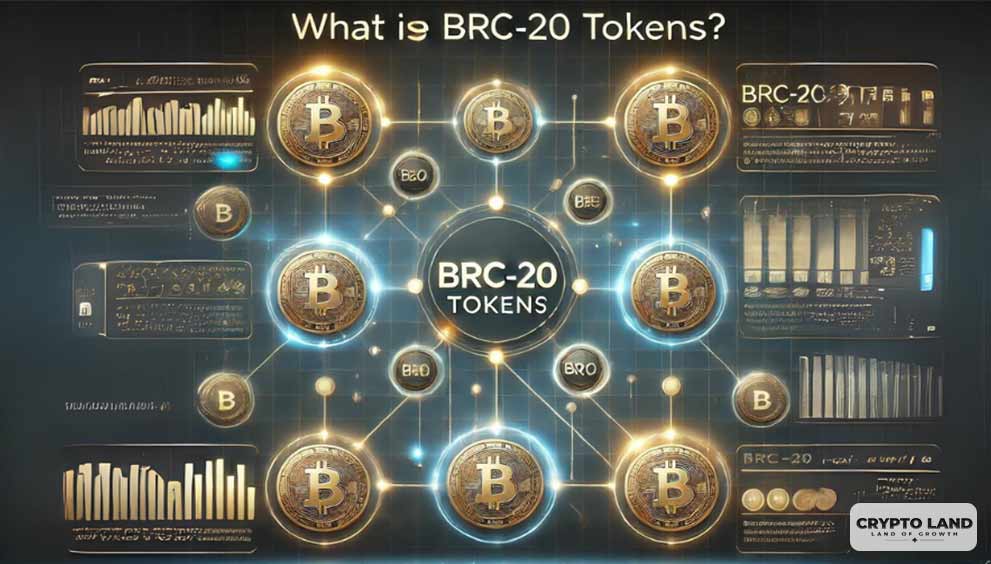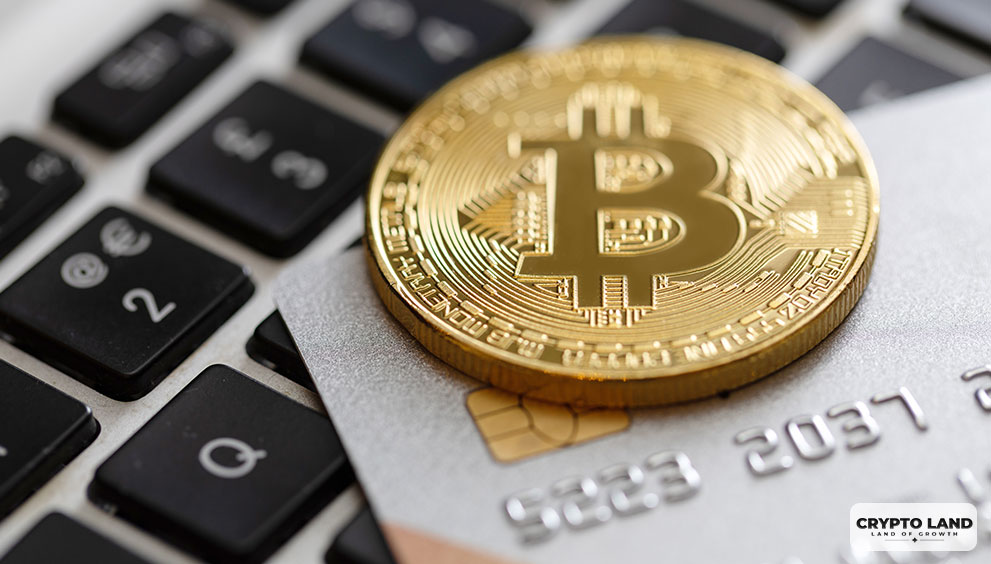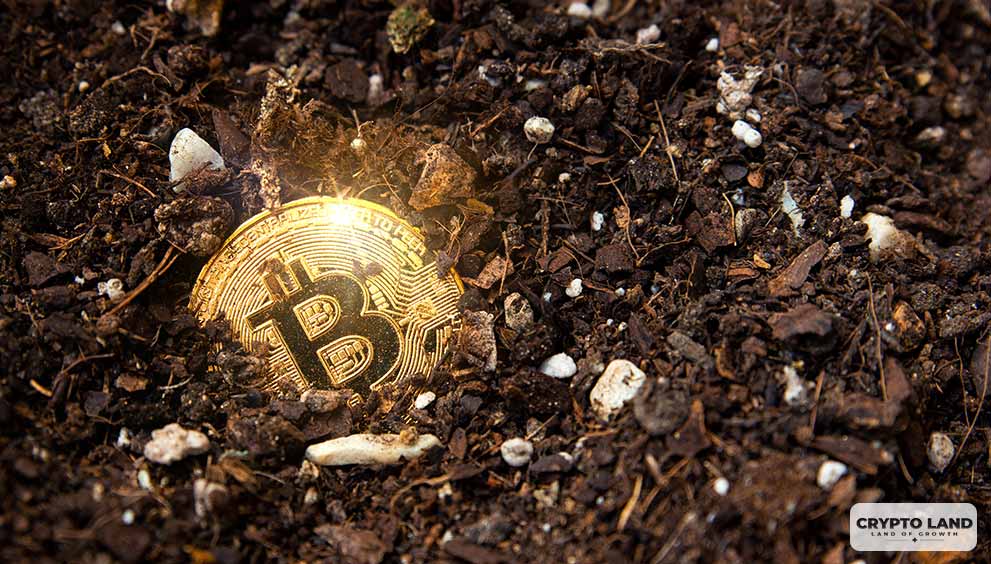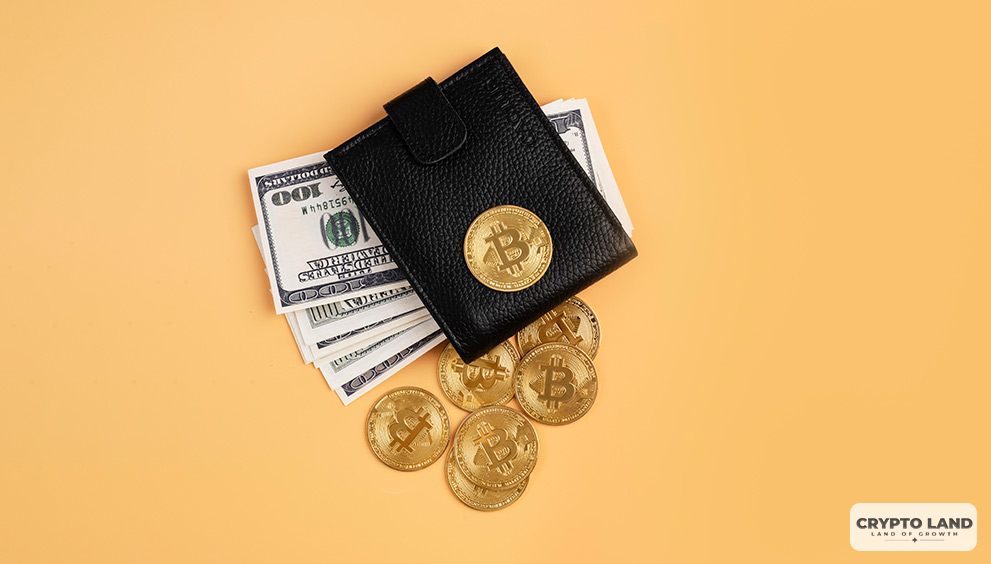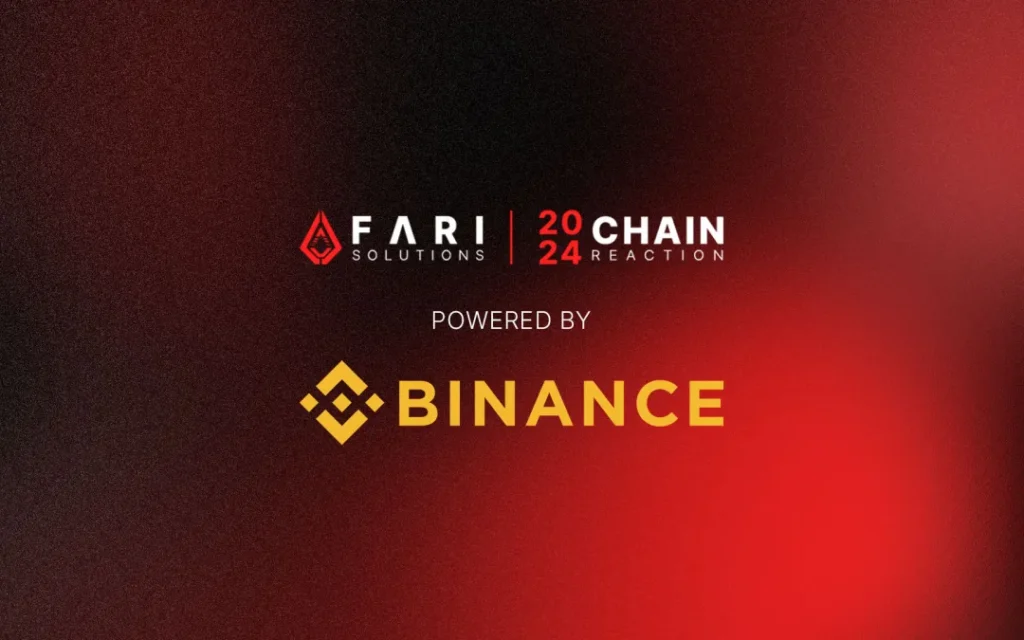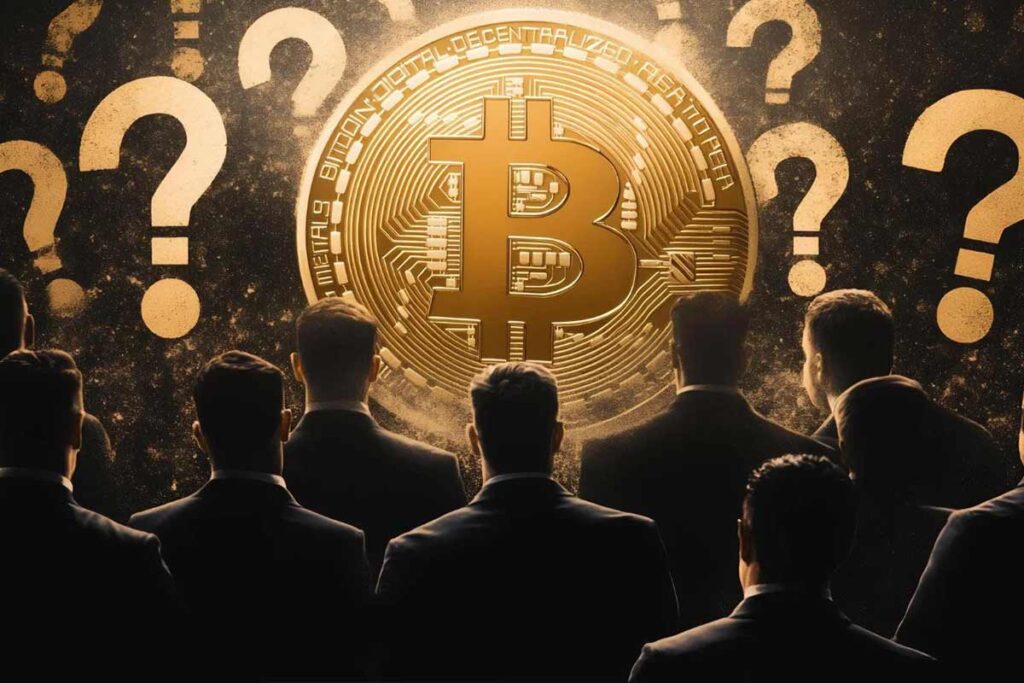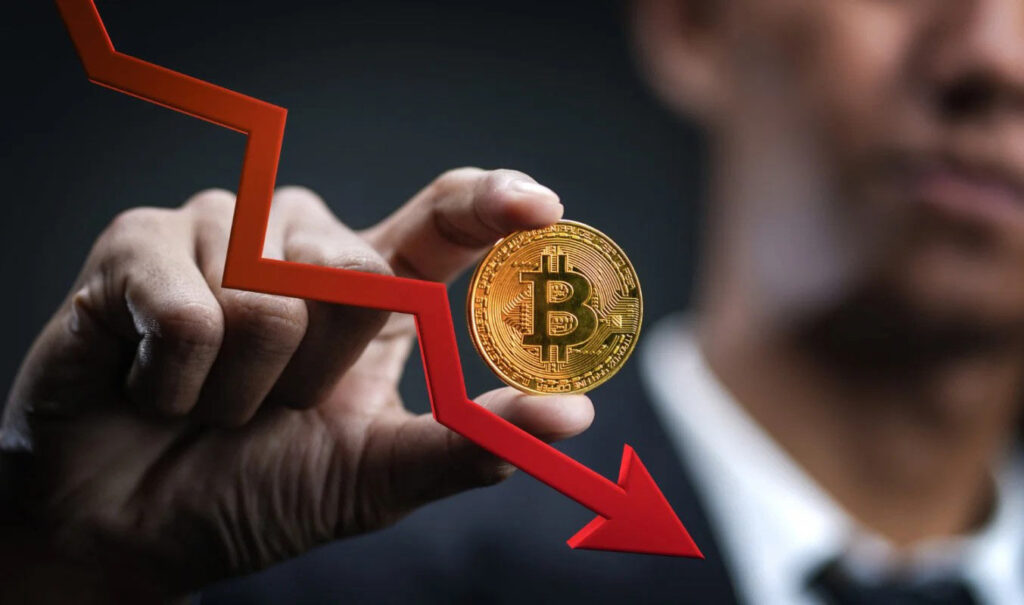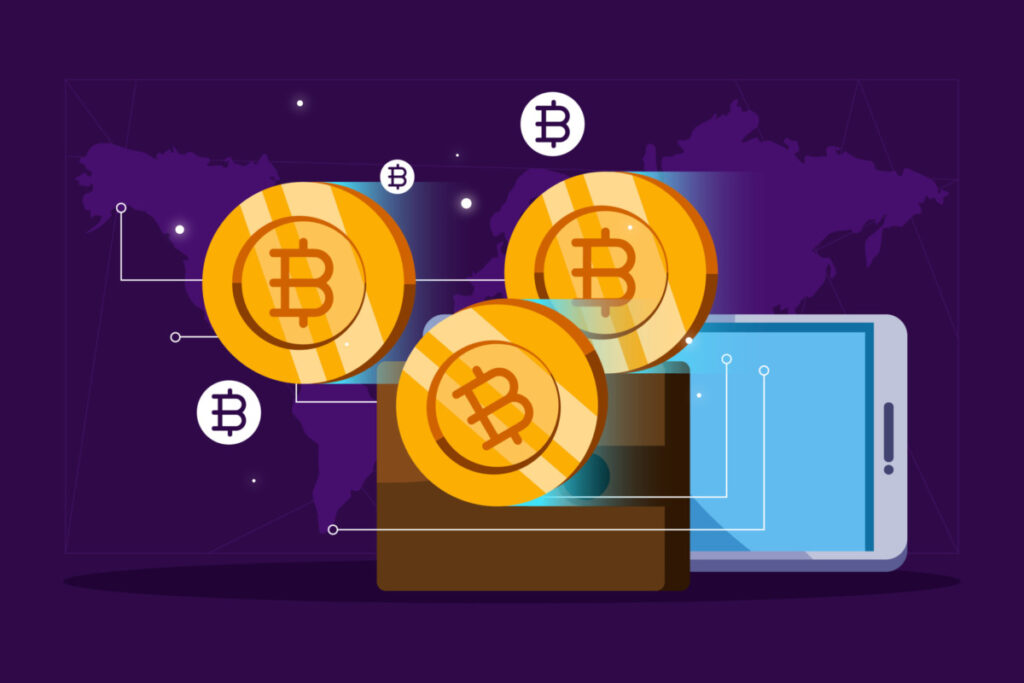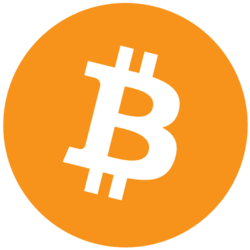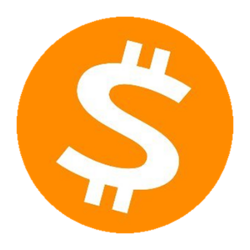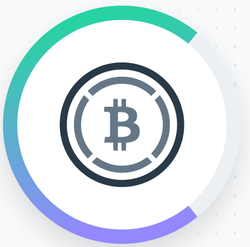Is Binance’s BFUSD Safe? Crypto Community Draws Parallels with UST Collapse

Key Insights:
- Binance has introduced BFUSD as a reward token that allows users to earn passive income through APY
- BFUSD offers a notably high 26% APY
- The crypto community raises concern that such high rates could signal potential risks for BFUSD’s stability
Binance has issued a new reward token, BFUSD, to reward users. Users must hold the crypto to earn APY in BFUSD, eliminating the need to stake or lock it.
Binance mentions BFUSD as a “safe” stablecoin supported by 1.1 million USDT (Tether). However, the crypto community is concerned about drawing comparisons to the ill-fated UST stablecoin because of its high APY rate of 26%, which is higher than UST’s 20%.
What is BFUSD?
BFUSD represents Binance’s latest venture into the stablecoin market.
Its straightforward usage as a reward token could positively influence its adoption since most crypto projects nowadays run some kind of reward program.
BFUSD’s rewards can be earned without locking or staking, making it a user-friendly option for passive income. Further, its value will be preserved despite market volatility since it is a stablecoin.
The innovative nature of BFUSD’s reward mechanism marks a significant departure from traditional stablecoin operations. However, the crypto community remains divided, with critics questioning its long-term sustainability and doubts about the token’s safety despite Binance’s assurances.
Community Comparison: BFUSD vs. UST
BFUSD is compared with UST because of its 26% APY, which is higher than UST’s 20%. The stablecoin was required to be staked at Anchor Protocol to earn the yield. Terra subsidized this very high APY yield at that time.
Those who criticize this miss the fact that UST’s main reason for collapse wasn’t its APY; rather, it was the excessive shorting of stablecoins in the market that was prevalent at that time. Coupled with the algorithmic nature of USDT, this triggered a selloff in the market when UST began to depeg.
A Brief Timeline of the UST Collapse
Pre-Collapse (2021–2022)
UST and its sister token, LUNA, grew in popularity through Anchor Protocol, offering investors an annual return of up to 20% for staking UST. Such unsustainable yields proved a siren song to the retail investor but were dependent on a steady inflow of new capital.
May 2022
An unstable dollar peg in the stablecoin arose due to large withdrawals and a loss of confidence in its mechanism. UST, backed by algorithms alone and without real-world assets, plunged into a death spiral. As soon as the peg of UST was lost, LUNA tokens were minted in humongous quantities to stabilize the system, causing hyperinflation.
Aftermath:
TerraUSD, now renamed UST Classic, is trading at over 97% below its original peg, while LUNA has been rebranded as LUNA Classic or LUNC. Both tokens have virtually no hope for revival. The fiasco exposed the fragility of algorithmic stablecoins and has seriously impacted market sentiment.
Given the staggering impact of Terra-LUNA, there is intense scrutiny over any other stablecoin launch. Although BFUSD is completely collateralized on a physical asset in this case, USDT, rather than by algorithms, critics fear unknown risks that may arise and overdependence on the market in Binance’s operational integrity.
Past Issues of Binance in the Stablecoin Market
Discussions about Binance’s previous stablecoin project, BUSD, which encountered regulatory obstacles earlier this year, have started anew with the launch of BFUSD.
BUSD was a fiat-backed stablecoin launched in partnership with Paxos and subject to stringent regulatory compliance in the United States, but in February 2023, the New York Department of Financial Services (NYDFS) ordered Paxos to stop minting BUSD.
The Regulatory Shutdown:
NYDFS was worried by Paxos’ failure to live by the set policies and oversee it, although Paxos insisted that BUSD was fully collateralized and safe for investors.
On the other hand, Binance’s brand and promotion of BUSD created further issues regarding its global promotion as a regulated product, although issued by Paxos in the U.S.
Regulatory scrutiny increased during the SEC investigation, with assertions that BUSD might be an unregistered security. Paxos finally discontinued the issuance of BUSD, leaving Binance without its flagship stablecoin offer.
By February 2024, Binance had completely phased out all traces of BUSD from its offerings, a significant defeat for Binance in the stablecoin market.
Despite the successes and trust BUSD earned during its operational years, its fall highlights the challenges of the unstable regulatory environment that underpins stablecoins.
The Road Ahead For BFUSD
BFUSD’s APY rates will change in the future, as they do with almost all staking programs. This will quench most of the criticism surrounding the asset.
Some might comment that BFUSD’s use of Tether itself also creates risks simply because the asset behind it has faced some controversy in the past over its reserve composition and didn’t disclose much about it earlier. However, the reality is that USDT is the strongest asset in stablecoin and DeFi markets.
Binance’s history of regulatory issues still lingers on its new initiatives. The BUSD’s failure due to regulatory pressure suggests that it is more vulnerable to crisis management even when its projects are technically successful.
BFUSD is dependent on the stability of Binance’s operations and its ecosystem, which might magnify the problem should the company face further regulatory or financial issues.
Why BFUSD Could See High Success?
Despite the criticism and comparison to UST, BFUSD marks an important development in the wider stablecoin market. Binance is attempting to introduce a new reward mechanism by stabilizing reward tokens.
Over time, BFUSD may become the standard model for launching reward programs on Binance, the largest crypto exchange globally.
Technically, BFUSD is very different from UST, and a comparison based solely on APY isn’t fair.
Finally, it is up to Binance to establish credibility and make BFUSD stable, compliant, and long-lasting in this unstable and cynically scrutinized environment. Only time will tell whether BFUSD will succeed or suffer the same fate as its predecessors.






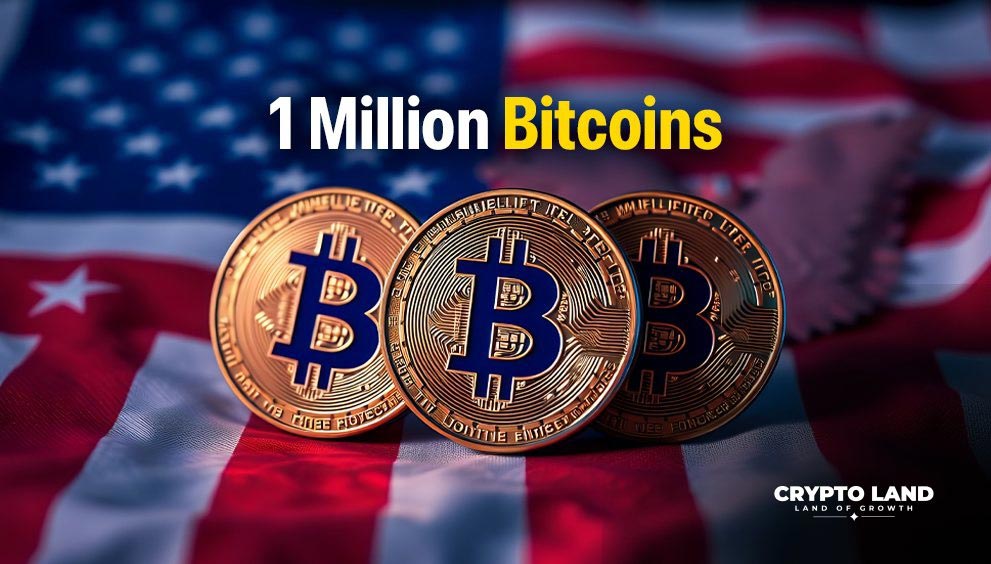

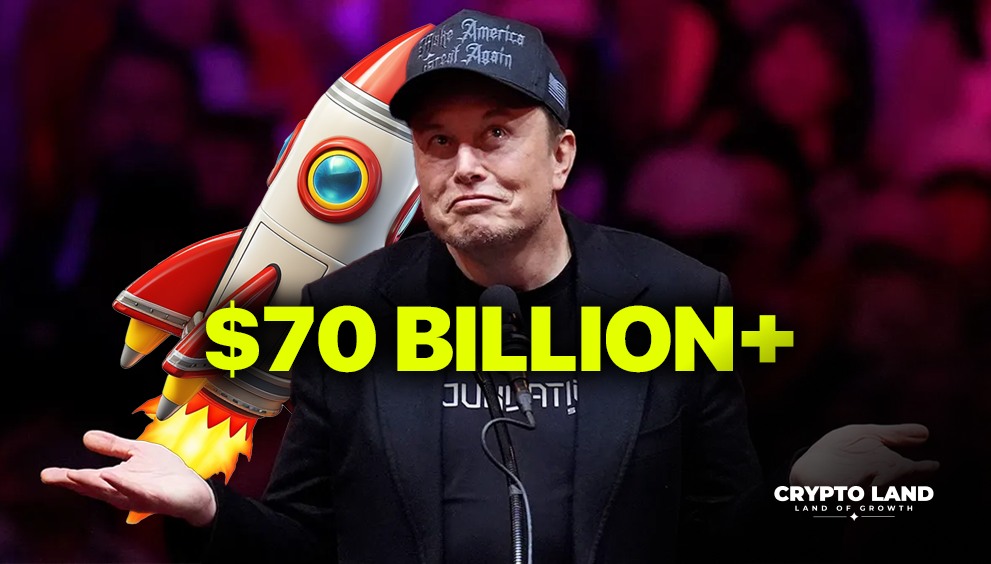

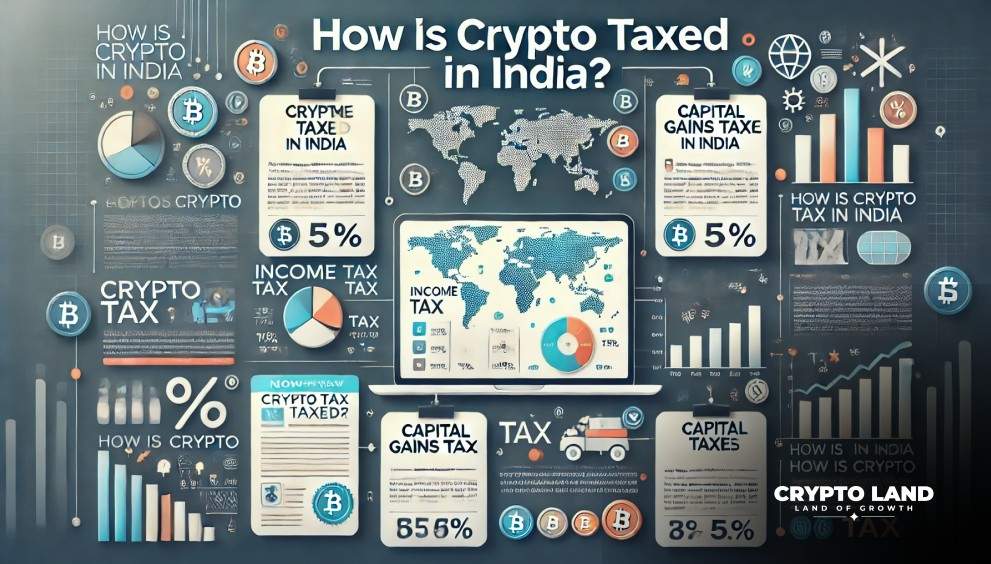

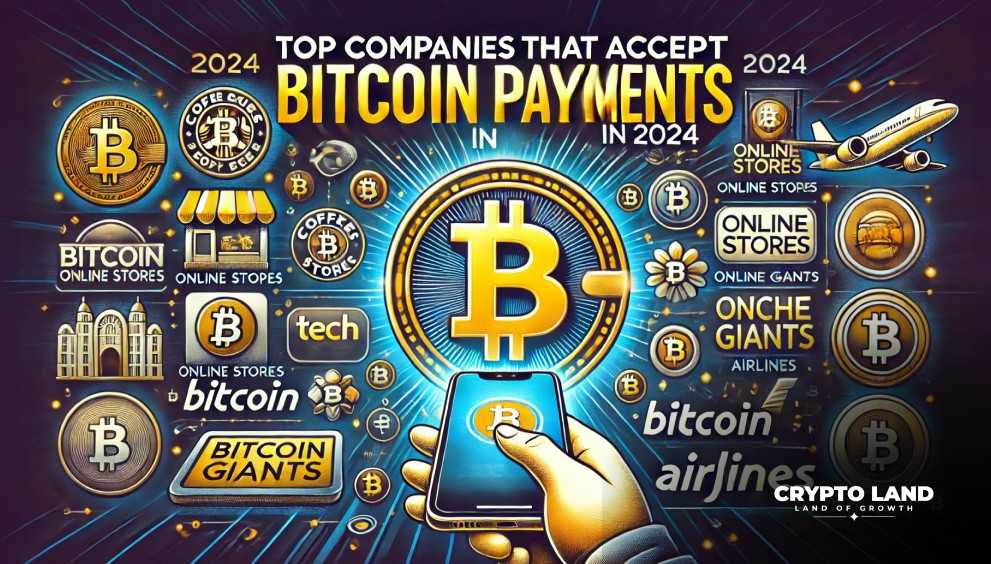

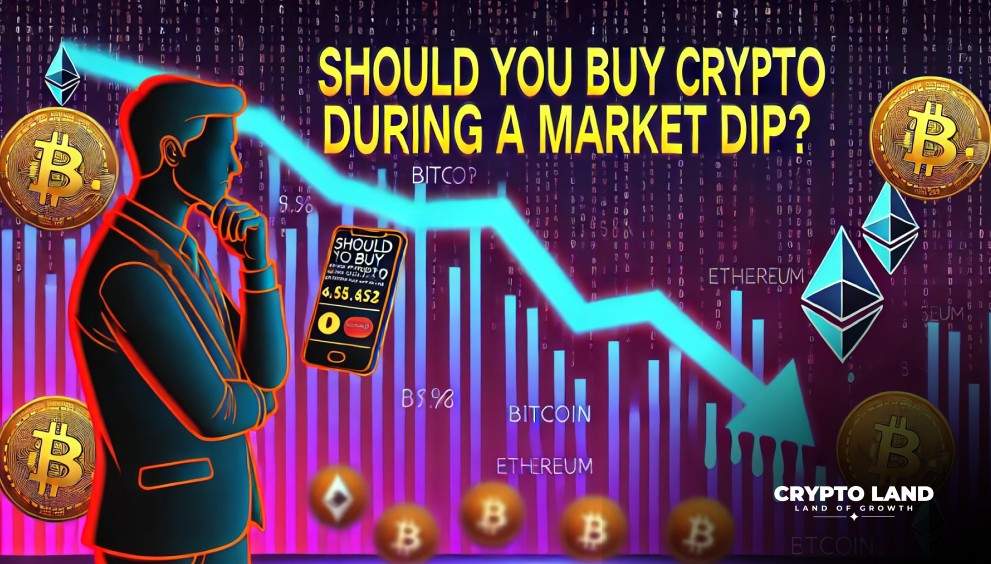


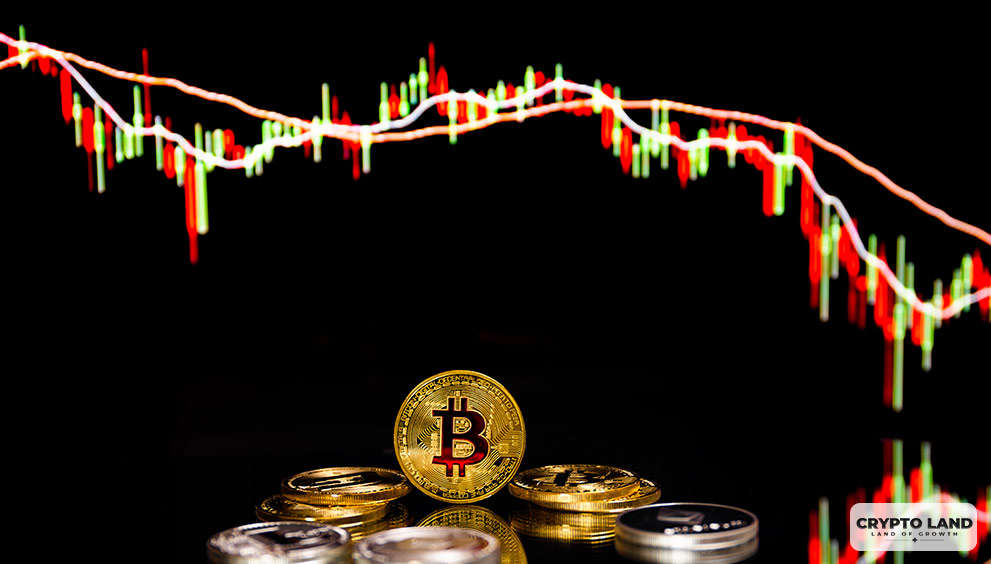


![Top Altcoins in October [2024] You Should Look Out For 20 Top Altcoins in October [2024] You Should Look Out For](https://cryptolandoff.com/wp-content/uploads/2024/10/Top-Altcoins-in-October-2024-You-Should-Look-Out-For.jpeg)

